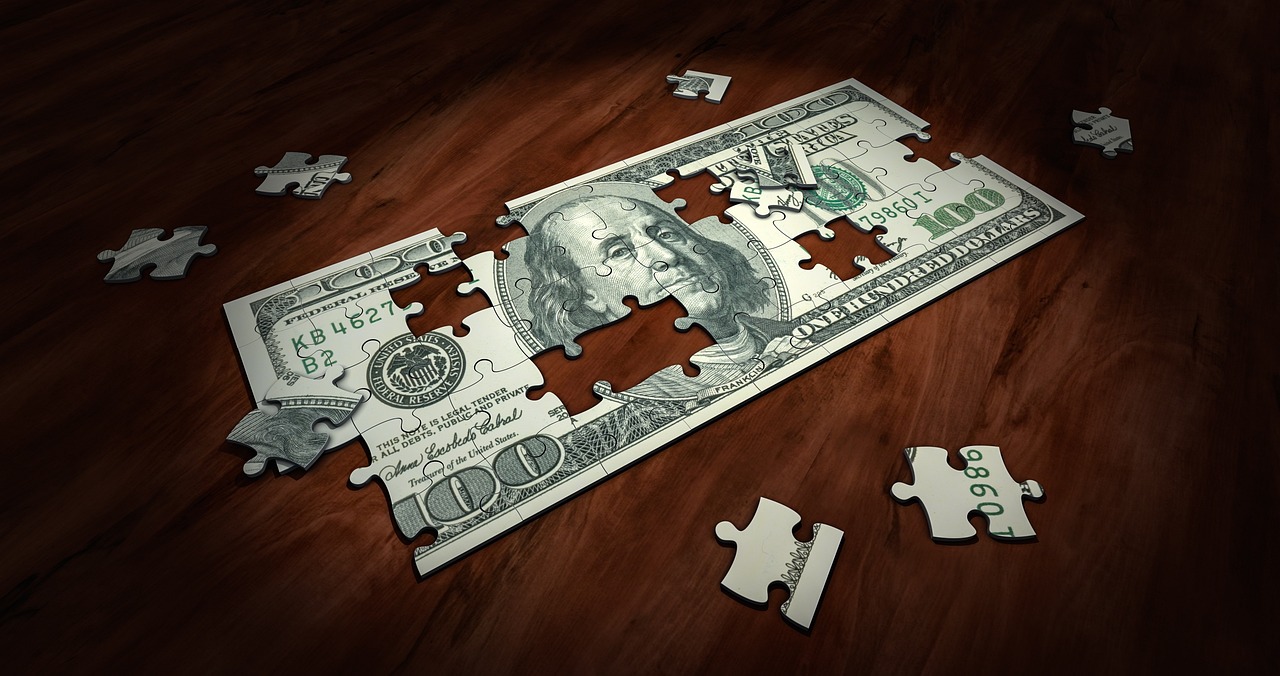
The dollar index (DXY00) Friday fell by -0.10%. The dollar came under pressure Friday after the University of Michigan US Oct consumer sentiment index unexpectedly declined. Also, Friday’s US Sep PPI report showed producer prices eased to 1.8% y/y, below the Fed’s 2.0% price target, bolstering expectations for a 25 bp interest rate cut at next month’s FOMC meeting. In addition, Friday’s rally in the S&P 500 to a new record high reduced liquidity demand for the dollar.
US Sep PPI final demand eased to +1.8% y/y from +1.9% y/y in Aug, stronger than expectations of +1.6% y/y. Also, Sep PPI ex-food and energy rose +2.8% y/y, stronger than expectations of +2.6% y/y.
The University of Michigan US Oct consumer sentiment index unexpectedly fell -1.2 to 68.9, weaker than expectations of an increase to 71.0.
Friday’s comments from Dallas Fed President Logan were slightly hawkish and supportive of the dollar when she said she favors a gradual pace of lowering interest rates, saying, "It's really important to look ahead as we chart this path toward neutral, and that we do so in a very gradual way to balance the risks that we have."
The markets are discounting the chances at 91% for a -25 bp rate cut at the November 6-7 FOMC meeting and at 0% for a -50 bp rate cut at that meeting.
EUR/USD (^EURUSD) Friday rose by +0.05%. On Friday, the euro recovered from early losses and turned slightly higher after the dollar fell when the US Sep consumer sentiment index unexpectedly declined. Higher Eurozone bond yields supported the euro after the 10-year German bund yield rose to a 5-week high Friday, strengthening the euro’s interest rate differentials. Gains in the euro are limited by expectations for the ECB to cut interest rates by 25 bp at next Thursday’s meeting.
Swaps are discounting the chances of a -25 bp rate cut by the ECB at 95% for the October 17 meeting and 100% for that -25 bp rate cut at the December 12 meeting.
USD/JPY (^USDJPY) Friday rose by +0.36%. The yen posted moderate losses on Friday and held just above Thursday’s 1-3/4 month low against the dollar. Friday’s rally in the Nikkei Stock Index to a 2-week high reduced safe-haven demand for the yen. Also, higher T-note yields on Friday undercut the yen.
Swaps are pricing in the chances for a +10 bp rate hike by the BOJ at 2% for the October 30-31 meeting and at 29% for that +10 bp rate hike at the December 18-19 meeting.
December gold (GCZ24) Friday closed up +37.00 (+1.40%), and December silver (SIZ24) closed up +0.515 (+1.65%). Precious metals on Friday posted moderate gains. Dollar weakness Friday supported metals prices. Also, an increase in inflation expectations boosted demand for gold as a store of value after the US 10-year breakeven inflation rate jumped to a 4-1/4 month high Friday. In addition, safe-haven demand for precious metals remains strong on ramped-up war rhetoric in the Middle East. Israeli Defense Minister Gallant said Israel's response to Iran's missile attack on Israel "will be deadly, precise and above all surprising," while Iran said it's ready to launch thousands of missiles at Israel if needed.
Higher global bond yields Friday limited gains in precious metals. Also, Friday’s stronger-than-expected US Sep PPI report may keep the Fed from aggressively cutting interest rates, a negative factor for precious metals. In addition, comments on Friday from Dallas Fed President Logan were negative for gold when she said she favors a gradual pace of lowering interest rates.
On the date of publication, Rich Asplund did not have (either directly or indirectly) positions in any of the securities mentioned in this article. All information and data in this article is solely for informational purposes. For more information please view the Barchart Disclosure Policy here.






